Say NO to mercy release on Buddha’s Birthday – and 5 ways to help protect wildlife
Mercy release practices are undertaken by some Buddhists in gaining blessings and good karma through the act of helping animals. This seemingly kind gesture to free animals into the wild can in fact be irresponsible and cruel.
Every year, several rescue team staff and volunteers will be seen balancing on boulders in the stream opposite Kadoorie Farm while they attempt to rescue unfortunate animals that have been released into the alien environment during a religious or mercy release ceremony. In their hands and fishing nets, they carry tiger frogs, catfish and exotic turtles that are often weak, lethargic and bedraggled. Being non-native and mostly captive-bred species, these creatures are not prepared for survival in the wild and if exhausted through the cruel trade they are even less equipped to survive. Invasive species, such as the Red-eared Slider, a North American species and a popular choice for mercy release, are often found after the releases. Many are humanely dispatched at the veterinary hospital to end their suffering and some are sent to other organization for adoption. Sadly, these events are a global phenomenon, causing millions of animals to suffer and die and having untold impacts on the natural ecosystem.
Change of the foundation of mercy release – from compassion to self-satisfaction
Centuries ago, wild animals that were hunted or injured were rescued and released by compassionate monks. An earlier record of mercy release was practised by master Weiwen from Tang Dynasty, who built ponds in the monastery to provide home for the abandoned fish and turtles. The true meaning of mercy release is to “have mercy and help those in trouble”, it is a way to cultivate one’s compassion and respect to all lives and gain merit and blessings. However, as time passed and with little understanding of the true meaning of this action, many mercy release activities have become a superficial act to fulfil the self-satisfaction of humans and even a corrupted business (Falconer, 2009).
A multimillion-dollar business has been built around ‘mercy or religious release’. Ironically, in many cases animals are caught from the wild or farmed to reach the demand for the practice. At the release, the animals have already been sitting in cramped cages, often travelling large distances and weakened by a lack of food and water. How can animals in this condition survive even if they were wild-caught? (Falconer, 2009) Furthermore, human-raised animals are not adapted to the wild. ‘Setting them free’ is the same as giving them a death sentence. In addition, these animals may carry diseases that the wild populations have never encountered, and invasive species will compete with local species for food and shelter. This puts a huge risk on nature which is our lifeblood and indispensable to humanity.
Indeed, release of non-native species is an offence in the UK. In 2017, two Buddhists who released £5,000 worth of crustaceans into a channel as part of a religious ceremony were fined almost £15,000 for causing “untold damage” to the environment. The crustaceans released, 361 live American lobsters and 35 Dungeness crabs, were not native species. They threatened other marine life and posed a significant risk to the marine environment. The government agencies had to spend thousands of pounds in an attempt to recapture the crustaceans.
5 ways to generate good merit and karma that you could consider as alternatives to buying and releasing exotic animals
Clearly ‘mercy release’ is a problematic activity from the source of animals to their inconsiderate release. There are many ways to show kindness and avoid actions that might cause imbalance in nature. Here are 5 actions you can consider taking.
1. Donate to conservation organisations: Many conservation groups are non-government organisations and charities that rely on public funding, so every penny counts. For example, your donation to KFBG will support different programmes which help the natural environment, animals and plants locally and internationally, such as rehoming critically endangered turtles into accredited conservation programmes around the world.
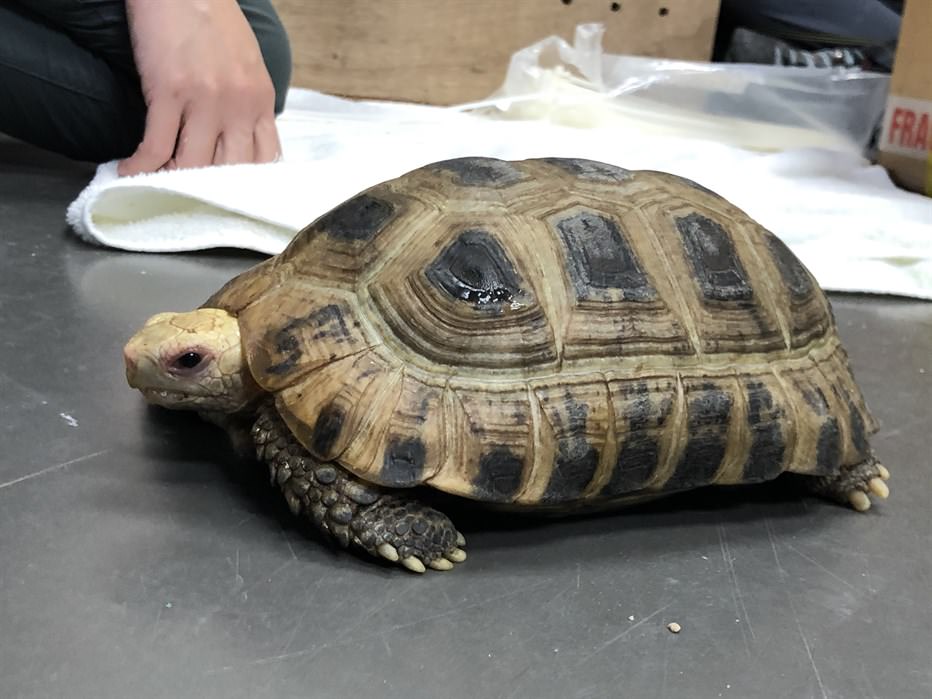
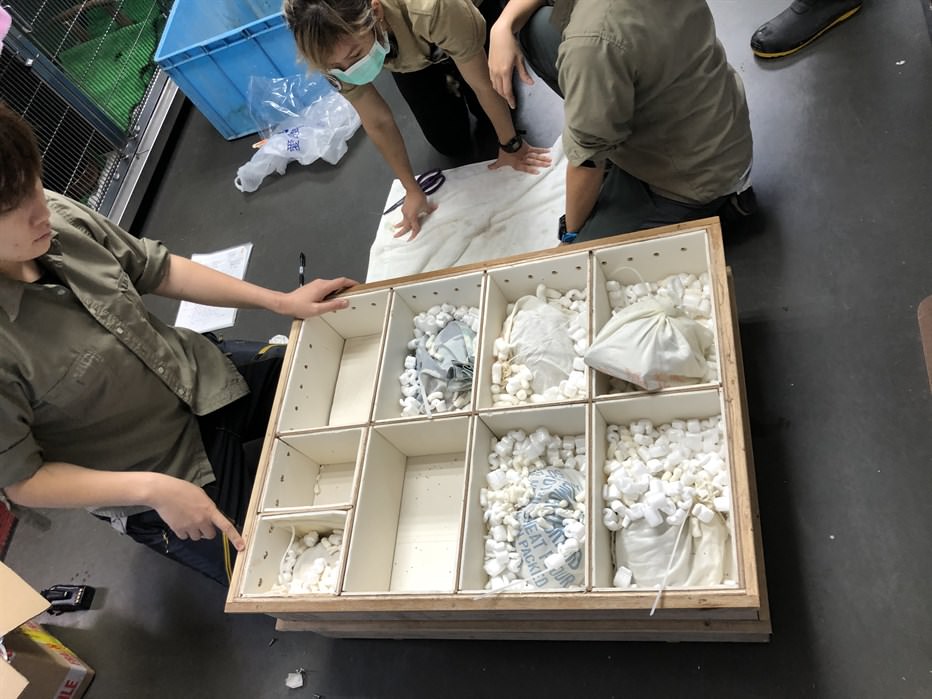 ▲ Rehoming rescued Elongated Tortoises (Indotestudo elongate), a critically endangered species. (Photo: KFBG)
▲ Rehoming rescued Elongated Tortoises (Indotestudo elongate), a critically endangered species. (Photo: KFBG)
2. Donate your time: Volunteers, are critical to the operation of many conservation programmes and charities, contribute your time and talents to assist their supportive work and learn more about native versus invasive species.

3. Participate in tree planting events: wildlife would not have a home if there was no suitable habitat. By joining ecological recovery activities, you give wildlife a home sweet home. A single tree could provide shade to birds and plants, provide fruits for many animals to feed on, flowers for bees to pollinate and make honey from and be home to thousands of insects. A truly compassionate undertaking!
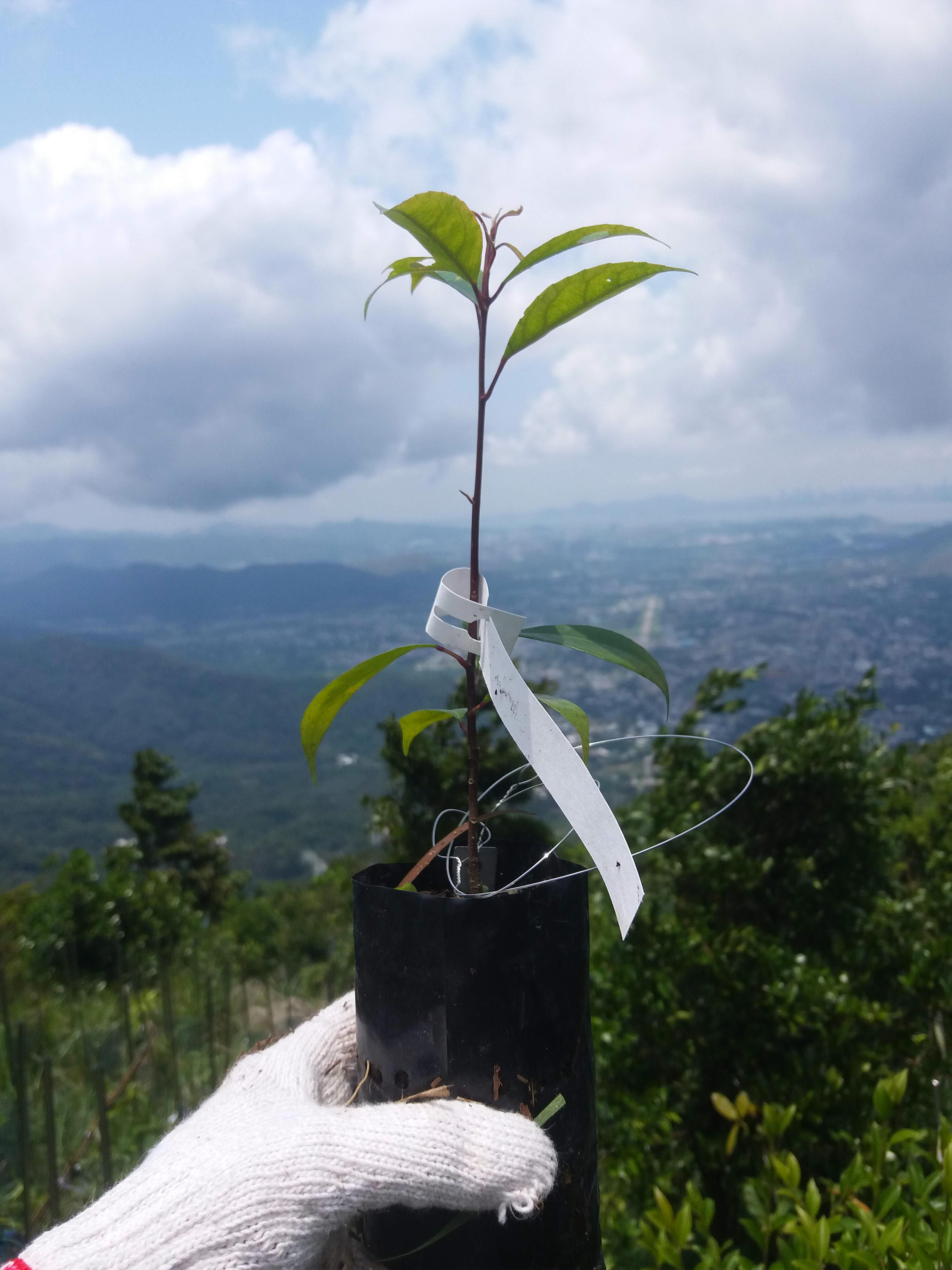
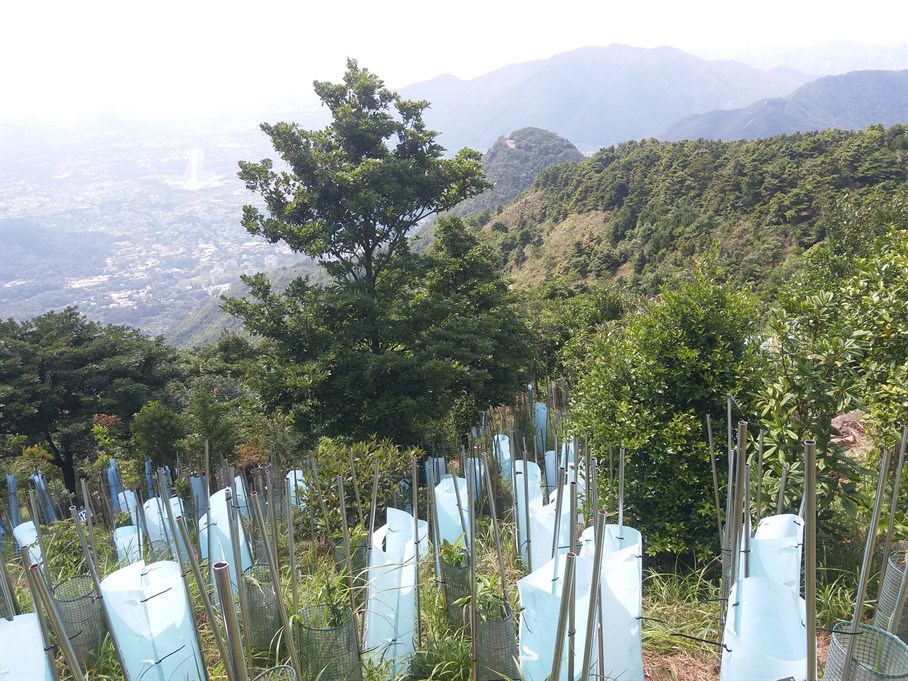
3. Be a responsible citizen when enjoying the countryside: Take your rubbish away, and respect the flora and fauna. Animals can be trapped in plastic material and consumption of plastic bags will impair the health of animals like cattle. Never approach wildlife or damage nature.
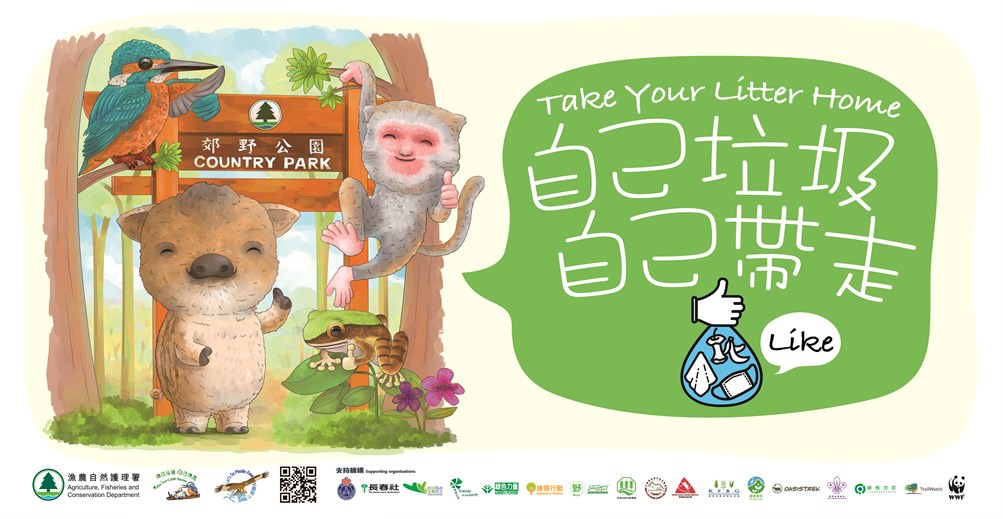
4. Eat more local produce and greens: Meat production and global food transport contribute to the high carbon emission rate which accelerates global warming and habitat deterioration.
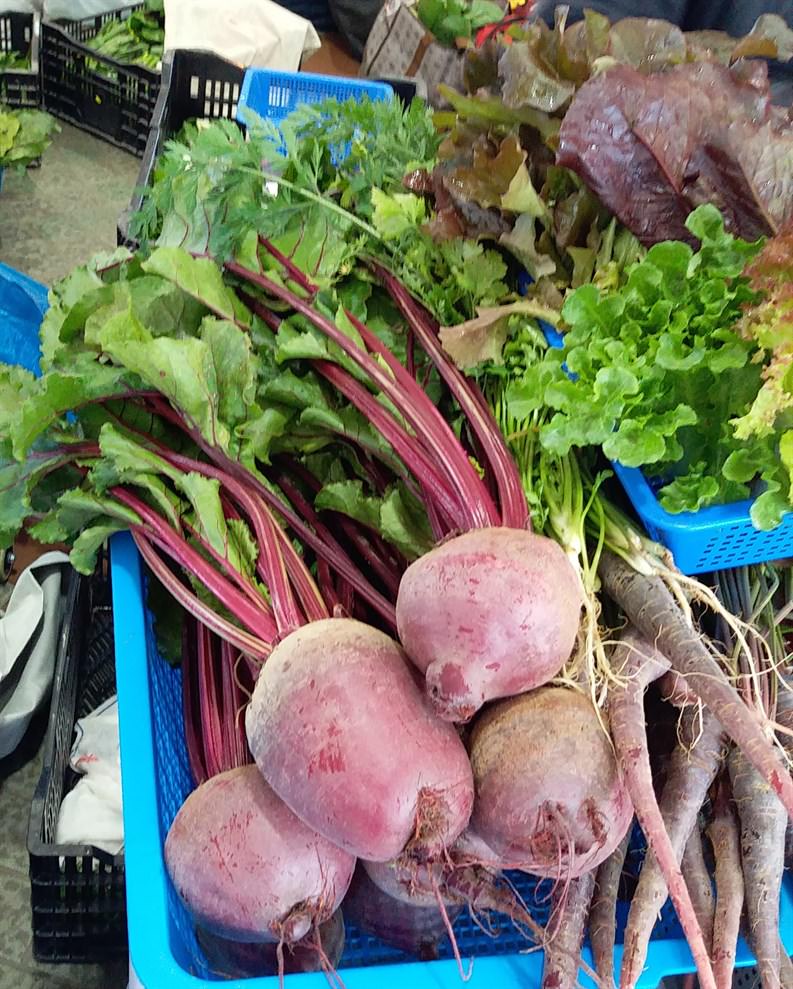
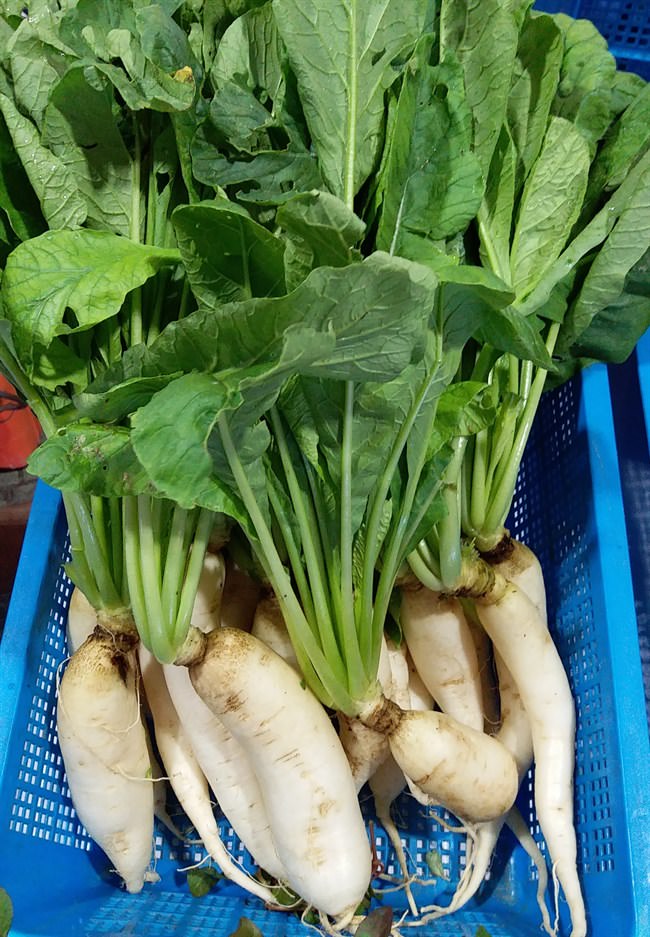
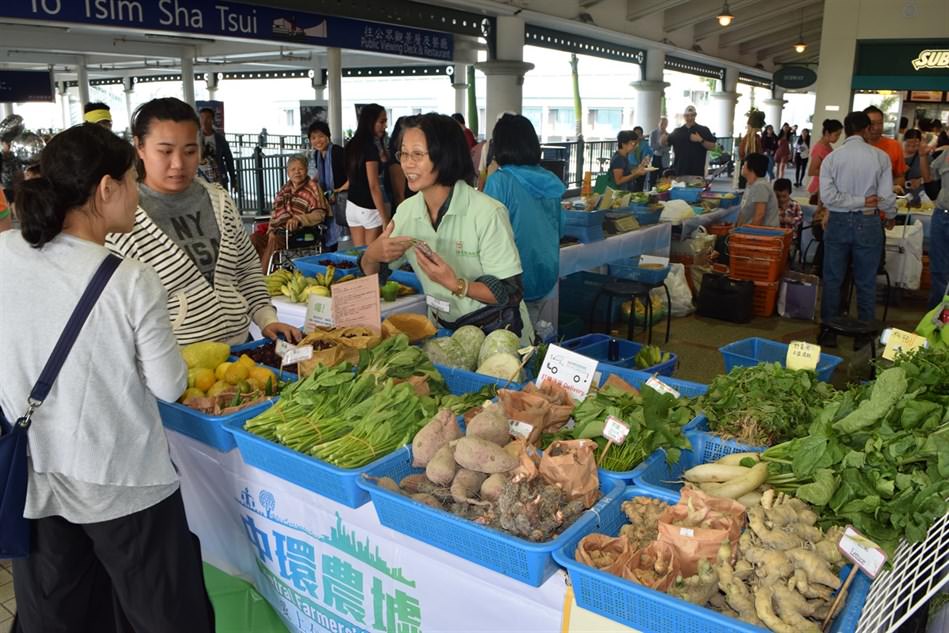
For more details about mercy release cases, please see the following references:
Good fortune? Or misfortune? (2006, Feb) Retrieved from: https://www.kfbg.org/upload/Documents/Free-Resources-Download/Leaflets/misfortune_28_APR.pdf
Julie Falconer (2009, September/October) Tradition gone awry. All Animals. 5 – 6
Retrieved from: https://www.hsi.org/wp-content/uploads/assets/pdfs/pages-from-fl_mercy_release.pdf
Jani Actman (2017, January 23) A Buddhist Tradition to Save Animals Has Taken an Ugly Turn. National Geographic. Retrieved from: https://www.nationalgeographic.com/news/2017/01/wildlife-watch-mercy-release-buddhist-china-illegal-trade/
Li Yu-Chen. Mercy Release. Retrieved from: https://religion.moi.gov.tw/Knowledge/Content?ci=2&cid=90 (Chinese only)
Marine Management Organisation (2017, September 22). £28,220 penalty for release of non-native species. Retrieved from:
https://www.gov.uk/government/news/28220-penalty-for-release-of-non-native-species
“Mercy Release” brings Misfortune to the Animals (2015, May 23) Retrieved from:
https://www.kfbg.org/en/press-release/article/Mercy-Release-brings-Misfortune-to-the-Animals/
The Guardian (2017, September 23) Two Buddhists fined £15,000 for releasing crustaceans into sea, Zhixiong Li and Ni Li caused ‘untold damage’ to environment by releasing non-native crabs and lobsters off Brighton. Retrieved from:

